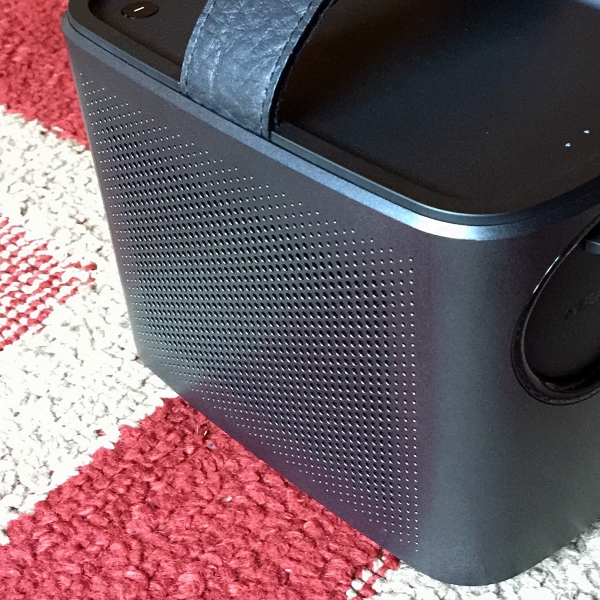

We'll start with our shadows and drag the node we just placed and reduce the shadows as needed.


With this tool selected, we can click to drop a node onto our image where were want changes made. Let's use the Shift-E shortcut to get selective exposure and clean up our shadows and highlights. Now we're cooking with gas.īut we're not done yet.

The image is a little desaturated so we'll press the shortcut S, or click on the saturation button in the top left, and do the same. In Cinema Grade, a few adjustments get us close to a Rec.709 equivalent, with quick access to the tools for fine-tuning.īy selecting our contrast tool in the top left of the viewer, or using the shortcut C, we click on our footage and drag up to increase the contrast. While we can always use a LUT to bring the footage into a Rec.709 color space, the results aren’t always perfect. In this shot captured on the Sony F5, we need to add more contrast and saturation. In the middle top of the viewer, users will find a page for the Base Correction, a Shot Matching page, and the Final Grading page. Users can work their way from left to right in order to make changes to exposure, then color temperature, and finally finish off with saturation and color adjustments. It covers everything you'll need for exposure, white balance, saturation, and secondary color changes.Ĭinema Grade helps with the process of color grading by providing you with a workflow using the progression that is found on the top left of the viewer. In the new viewer window, you'll see your footage, as well as a menu system on the right where all of your adjustments can be made using a Lightroom-inspired toolset.
Cinema grade review pro#
We took a look at Cinema Grade in Final Cut Pro by dropping into onto our footage like an effect and then opening the control panel in the inspector. (Sorry, Avid users.) While the workflow is similar between Adobe Premiere and Final Cut Pro, there are a few differences in the Resolve version. Results: This study is ongoing and results will be presented at Colloquium as available.Ĭonclusions:This study is ongoing and results will be presented at Colloquium as available.Cinema Grade works as a plugin for the big three NLEs. We will rated the certainty of evidence using GRADE system or/and CINeMA platform to compare the differences of the results and advantage and disadvantage between above two approaches. Eligible studies have to meet the following criteria: 1) use GRADE system or/and CINeMA approach to rate the certainty of network meta-analysis 2) provide enough information to re-assess the certainty of network meta-analysis evidence 3) provide enough data to re-run the meta-analysis. Two reviewers independently screened the title and abstract, and further screened the full-text to identify eligible studies. Methods: We performed systematic survey of the literature and included a sample of NMA of randomized controlled trails that used GRADE system or/and CINeMA approach to rate the certainty of network meta-analysis. Objectives: This study aims to perform an empirical study to compare the differences between the results of these two approaches in rating the certainty of network meta-analysis. However, the advantage and disadvantage of these two approaches remain unclear. A study applying GRADE to a network meta-analysis of antidepressants showed that application of GRADE highlighted varying evidence certainty, led to more conservative conclusions, and potentially avoided unwarranted strong inferences based on low certainty evidence. Currently, two approaches - GRADE system and CINeMA framework - are available to rate the certainty of NMA. Background: Network meta-analysis (NMA) has been rapidly growing popularity and influence.


 0 kommentar(er)
0 kommentar(er)
